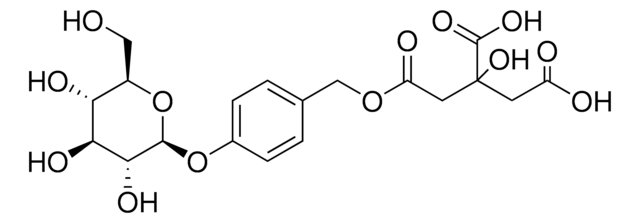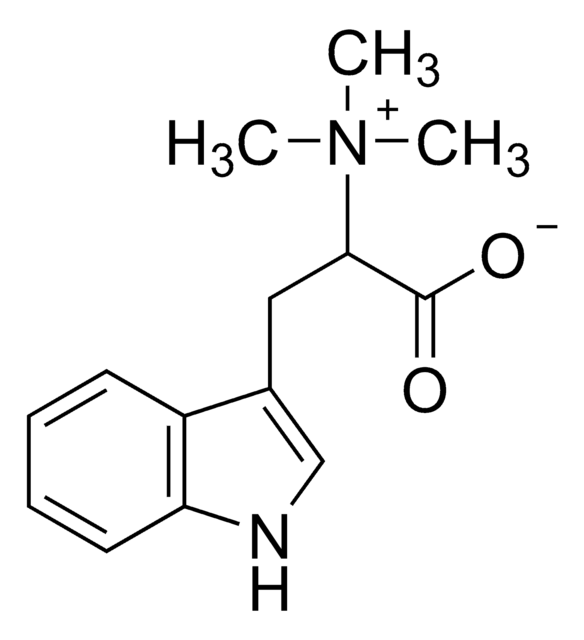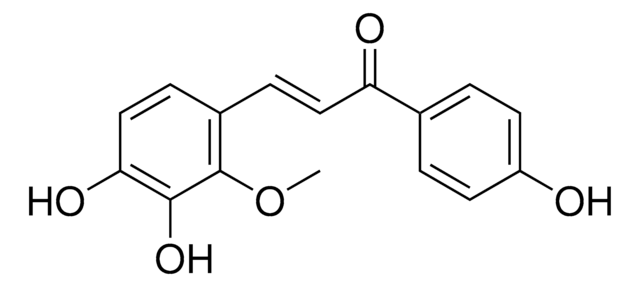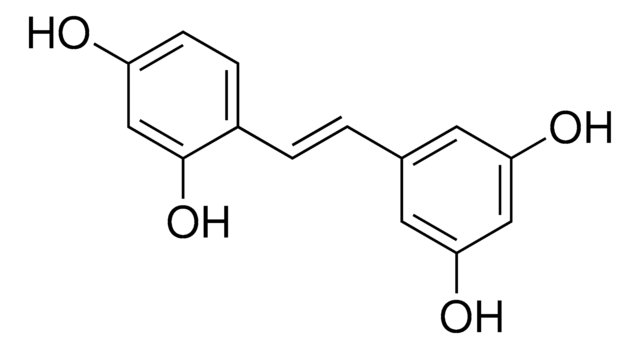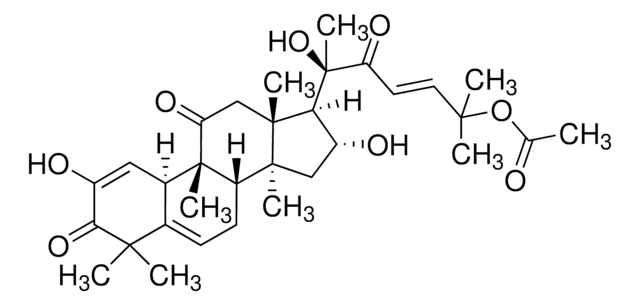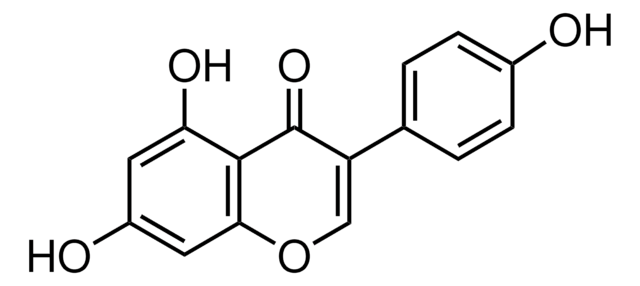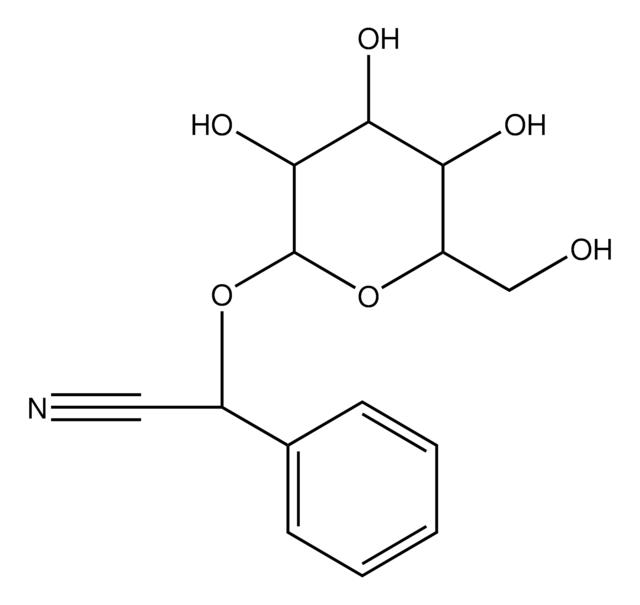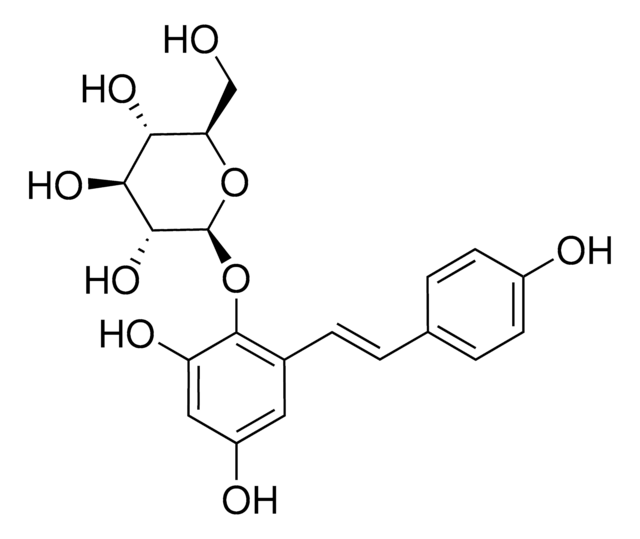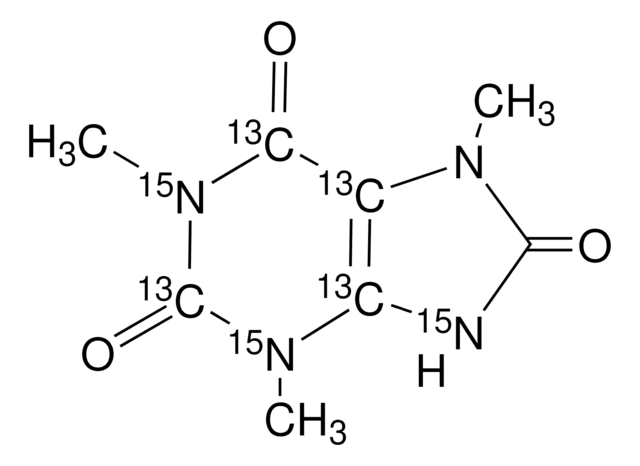SMB01068
Licoricidin
≥90% (LC/MS-ELSD)
Synonym(s):
(+)-Licoricidin, 7-O-Demethyllicorisoflavan A, Licorisoflavan B
About This Item
Recommended Products
biological source
plant
Assay
≥90% (LC/MS-ELSD)
form
solid
mol wt
424.53
application(s)
metabolomics
vitamins, nutraceuticals, and natural products
storage temp.
−20°C
SMILES string
O1C[C@H](Cc3c1cc(c(c3OC)CC=C(C)C)O)c2c(c(c(cc2)O)CC=C(C)C)O
InChI
1S/C26H32O5/c1-15(2)6-8-19-22(27)11-10-18(25(19)29)17-12-21-24(31-14-17)13-23(28)20(26(21)30-5)9-7-16(3)4/h6-7,10-11,13,17,27-29H,8-9,12,14H2,1-5H3/t17-/m0/s1
InChI key
GBRZTUJCDFSIHM-KRWDZBQOSA-N
Related Categories
General description
Application
Biochem/physiol Actions
Features and Benefits
- Suitable for Biochemical and Biomedical research
- Versatile and adaptable for wide variety of laboratory and research applications
Other Notes
Storage Class Code
11 - Combustible Solids
WGK
WGK 3
Flash Point(F)
Not applicable
Flash Point(C)
Not applicable
Regulatory Information
Choose from one of the most recent versions:
Certificates of Analysis (COA)
Sorry, we don't have COAs for this product available online at this time.
If you need assistance, please contact Customer Support.
Already Own This Product?
Find documentation for the products that you have recently purchased in the Document Library.
Our team of scientists has experience in all areas of research including Life Science, Material Science, Chemical Synthesis, Chromatography, Analytical and many others.
Contact Technical Service